Whether it’s integrated storytelling, the end of storytelling, or how to tell stories using emerging technologies like VR or AR, we love talking about stories here at the WXO.
But while we and our members might know our monomyths from our metaphors – and understand how important story is in structuring an experience – we might have a hard time explaining to those outside of our industry about how it’s equally important in driving forward business goals.
Enter Theron Skees: veteran Walt Disney Imagineer and WXO Founding Member. (Read his previous piece on whether storytelling is equally important for theme parks and movies here.) As Skees said to us, “We spend a lot of time working on the ‘experience’ side of the Experience Economy, and not so much time working on the ‘economy’ side… but it’s the business side that makes experiences possible.”
For Campfire 28, we handed the mic over to Skees to explain how what he’s developed over decades of designing themed entertainment can be applied across all sectors of the Experience Economy.
So how can we use the art of storytelling to embody and deliver a client’s brand and their business objectives – and get that little bit better at marrying the “experience” and “economy” sides of what we do? Here’s what we learned…
1. All Roads Lead To Narrative Experience Design
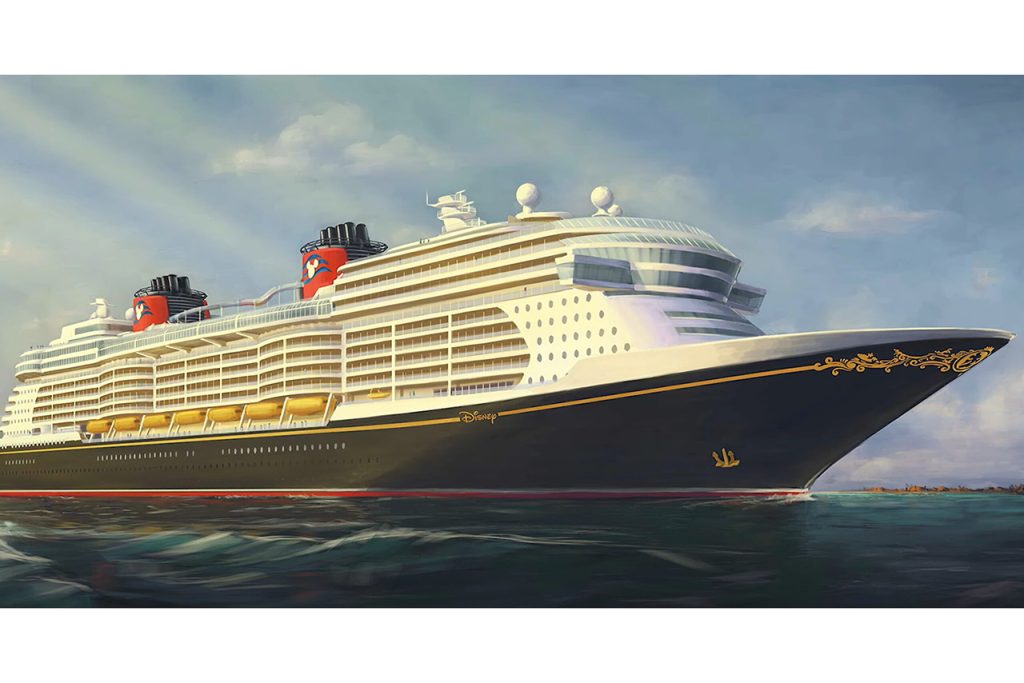
In the 23 years Skees worked at Disney, he worked for several different clients within the brand across attractions, dining, leisure and hospitality – from the Tower of Terror to Hong Kong Disneyland, Disney Cruises and Disney Springs. Many of these would take years to build and the investment of millions of dollars, and as the Experience Economy has grown, he’s worked on similar physical environments that deliver story-based experiences for other clients.
Yet despite each project having very specific needs, Skees used the same process for all of them – a process he calls “narrative experience design”. “Narrative” might mean writing a book, making a movie, or the way architects move visitors through a space, but ultimately they all denote the same thing.
“Narrative experience design is a story-driven experience that connects guests to the brand by emotionally engaging them. It’s an active story that invites participation. And it’s well documented that experiences that have a through line of story often perform the best, especially over time.”
Theron Skees, experience designer
2. Consumers Are Already Demanding Story-Driven Experiences
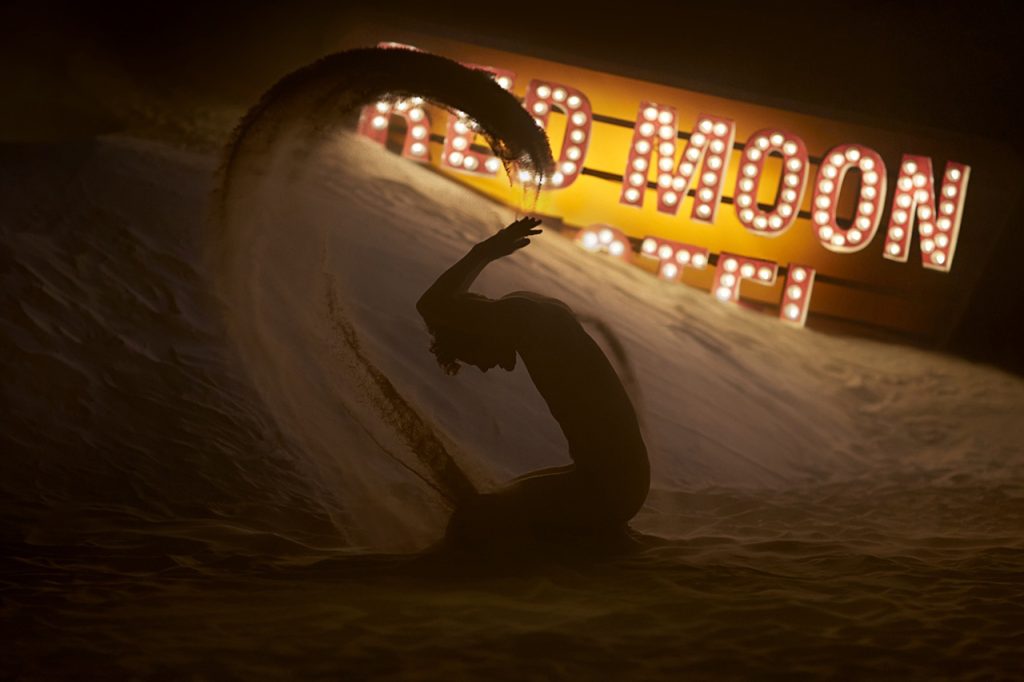
According to an article on Forbes titled Winning in the Experience Economy 2021:
- 46% of businesses say customer experience is a top priority in next few years
- 86% of buyers would pay a premium for a good experience
In other words, consumers are already demanding more of and businesses are focusing more of their efforts on creating experiences.
“This makes sense considering experiences are inseparable from the human beings who are going through them, unlike products, which are tangible and distinct from the consumer.”
Theron Skees, experience designer
This human element is therefore the single greatest differentiator for brands, and a key reason why organisations are looking to make experience value a part of their DNA. And this human element can be expressed through:
- Empathy
- Engagement
- Personalisation
- Immersiveness (for more on what makes an experience immersive, read Campfire 20: The Immersive Firestarter).
The driving force to realise these four elements? You guessed it: storytelling.
3. Storytelling Is The Basis Of All Human Communication
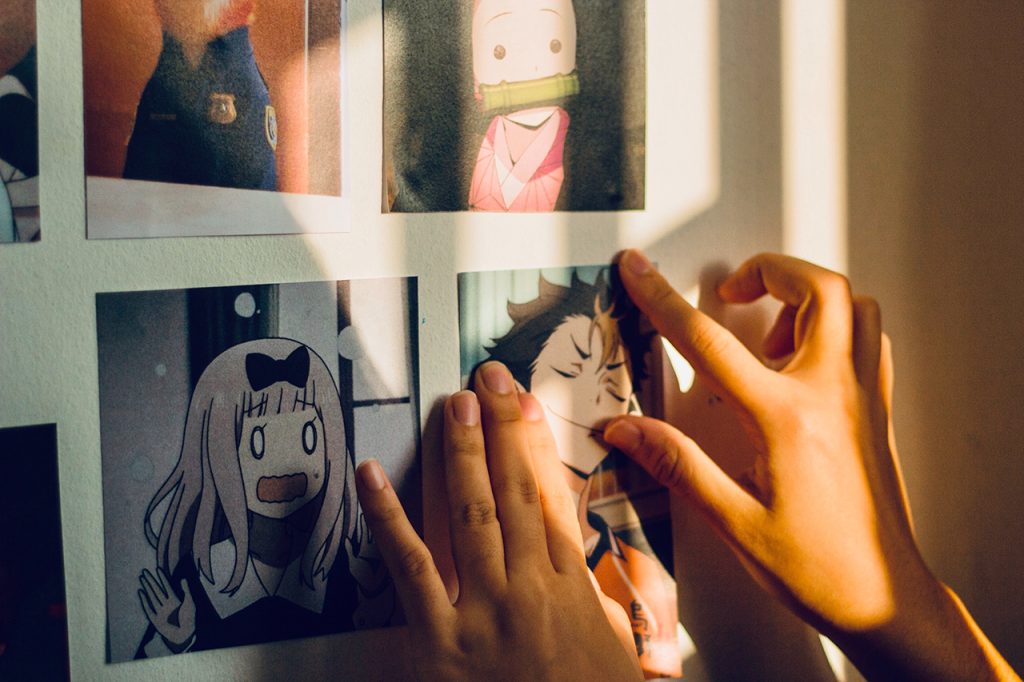
Throughout history, stories have been how we communicate information – from how to avoid being crushed by a woolly mammoth to evading being eaten by a sabre-tooth tiger. Humans remember in a story format, and we even alter our memories of events to make them better fit into these formats. (Read more about this in the “Story” chapter of WXO CEO James Wallman’s book Time and How To Spend It.)
“Stories are potently powerful communication vehicles because they are patterns our minds are primed to receive and recall.”
Braden Dragomir, The Power of Story
The formats themselves may differ, from the Hero’s Journey monomyth set out by Joseph Campbell to the “Kishotenketsu” structure set out in Japanese storytelling, as discussed in Campfire 27: East And West Is Best. However, they all follow a basic shape, as simplified by Skees:
Old normal → Clear goal → Obstacles → External allies → New normal
“One remarkable thing about the human brain is its need and ability to recognize patterns. Stories are so engaging and influential because most follow a predictable pattern of beginning, middle and end. A good story takes the audience on a journey. It’s a pattern that our brains were wired to detect and latch on to.
My experience has shown me that story is one of the most important design tools to employ when creating dimensional physical experiences. In fact, I believe that every experience should be underpinned by a story or a narrative design.”
Theron Skees, experience designer
4. Story Creates Perceived Value

So knowing all of this, how can we apply storytelling in a way that meaningfully impacts business?
“Stories really do matter in business, since memory is a creative act in which we subconsciously work to put all the things we’ve experienced into a resonant structure. We know it’s those memories that stick.”
Theron Skees, experience designer
Skees gave the example of the Significant Objects project, where researchers bought $129 worth of junk from thrift stores and hired a team of 200 writers to create fictional backstories for each. They then sold them on eBay for over $8000, or 6,000%, profit. Clearly, as this shows, stories increase perceived value and create real impact.
When done well, storytelling also:
- Conveys purpose – and businesses with purpose stand out.
- Cultivates the right work culture, as employees feel a greater sense of purpose and meaning by being part of the company’s wider story. (And employees are a company’s best asset.)
- Adds intentionality and gives a tool to brand ambassadors or people on the front lines.
- Creates a blueprint to organise content.
- Builds brand loyalty and eventually creates legacy by giving a story-based vision that customers can believe in. Remember that consumer decision-making is more emotional than logical, so a story can help differentiate a brand.
5. Storytelling Evolves Your “Why”
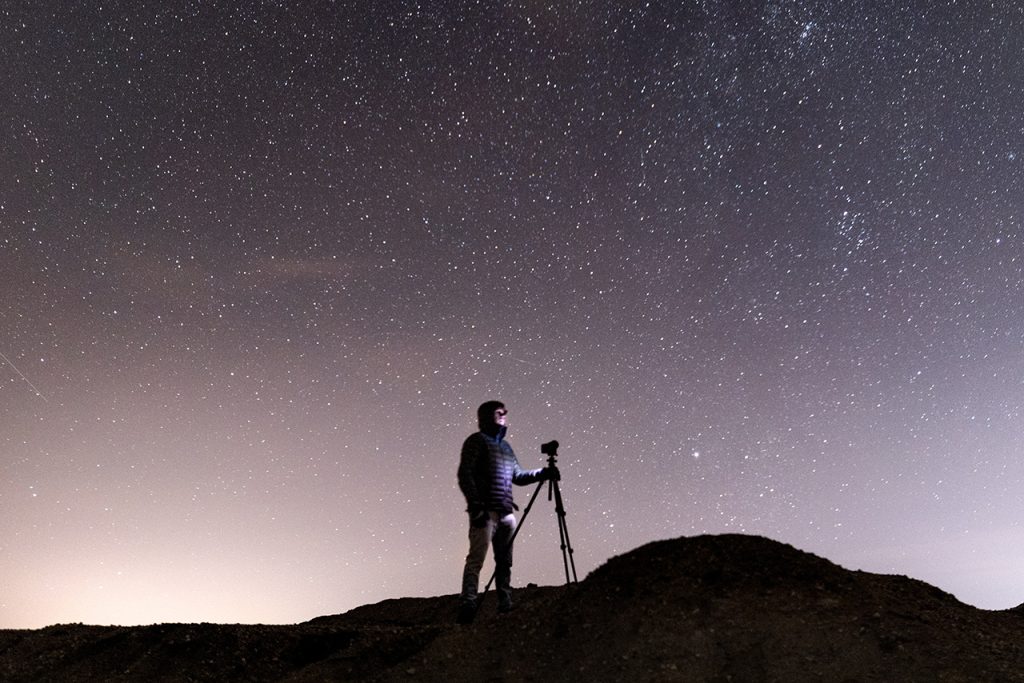
“People don’t buy what you do, they buy why you do it. And what you do simply proves what you believe.”
Simon Sinek, Start With Why
Most companies and individuals understand what they do and how they do it. But their purpose – the thing that makes employees get out of bed in the morning and causes customers to care – that’s their “why”. This is at the heart of Sinek’s “golden circle”, with why at the centre of everything.
Skees likes to combine this insight with the focus that Joe Pine and Jim Gilmore placce on organisations co-creating with their customers.
“Experiences build lasting memories in customers when organised and created with story.”
Theron Skees, experience designer
Everyone wants their customers to continue buying, experiencing and using their services again and again – what Disney calls “an intent to return”. So establishing powerful memories is key to this.
Based on this, he has developed a three-element process when he creates a story that drives a client’s business.
- Brand: what makes a product or experience identifiable and differentiable.
- Audience: people who share a preference for the same kind of performance, whether that’s a theme park or the latest iPhone. Understanding alignment and potential alignment is important.
- Business goals: a company’s larger purpose and the establishment of end goals for employees to work towards. Using Pine & Gilmore’s mission of “staging experiences that transform”, transformation should be included in the business goals.
When the brand, audience and business goals are aligned, a customised story and experience vision can be created – the latter being the “North Star” that everyone involved returns to. Skees mentioned that it’s important to capture senior management at pre-development level, to make it easier to make changes further down the line.
6. Stories Must Be Adaptive
To face all the challenges facing teams in today’s economy, stories must be adaptive. Consider how brands had to flex their offering and story during and in the wake of the pandemic, for example. In the words of Bruce Lee, “Be water, my friend. Be shapeless, formless, like water.”
“You can start in a boardroom, strategising the project budget with your client, then spend multiple months or years working through the design process with multiple design firms all over the world. Then finally maybe you sweat it out on a dusty construction site for months installing the experience.
These factors require leaders and teams to be highly adaptive. Just like the narrative has to have flexibility, so do the brand, audience and business goals, all giving a range to custom design experiences with specific delivery objectives.”
Theron Skees, experience designer
7. Experience Design Is The Ideal Methodology For Delivering Business Goals
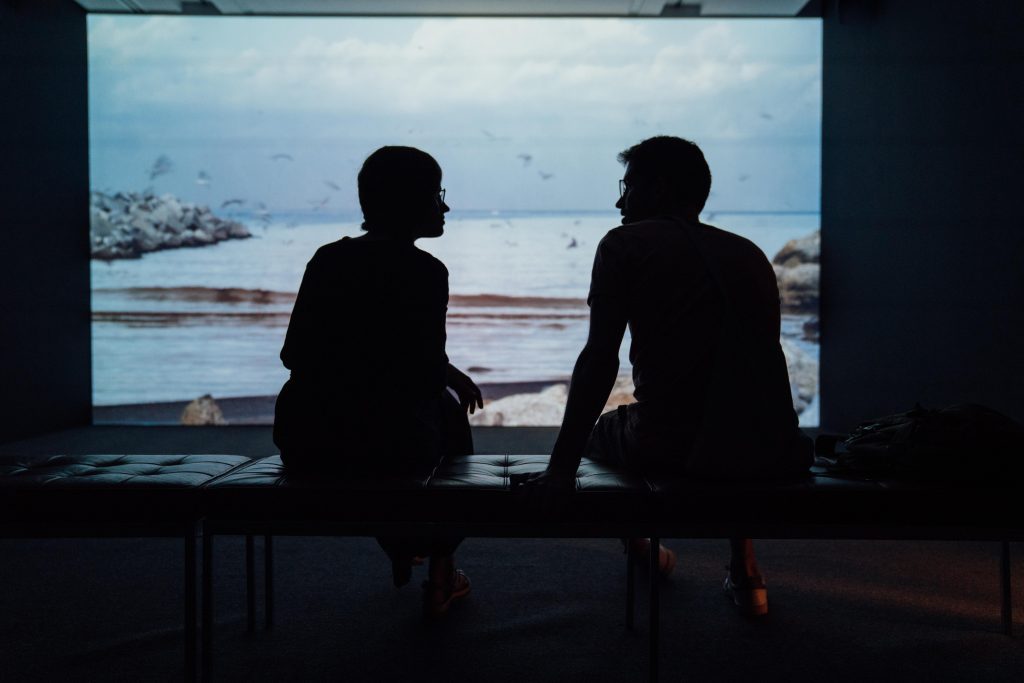
Experience design, Skees beleives, is very different from other design fields, because experience designers create story-driven experiences that have to emotionally connect with the audience.
This isn’t true of every design field – you wouldn’t get emotional buying a toaster or an oven, for instance. Experience design is the only design field in which experiences must:
- leverage all five human senses
- be delivered in a story form that resonates within a specific culture
- generate an emotional connection with the audience.
“Stories emphasise that life is an interconnected system. Customers experience so many different things in a day that only a handful can actually become memories – which is why it’s vital that at every touchpoint we’re creating experiences that are worth remembering. This is how we drive business, solve problems, grow brand, create loyal fans, and build legacy.”
Theron Skees, experience designer
(This reminds us of strategic experience designer Aga Szóstek’s emphasis on the neuroscience of memories in Campfire 22: New Metrics For A New Economy.)
Skees finished with a quote from a poem by Muriel Rukeyser:
“The universe is made of stories, not of atoms.”
Muriel Rukeyser, The Speed of Darkness
Buying The Why
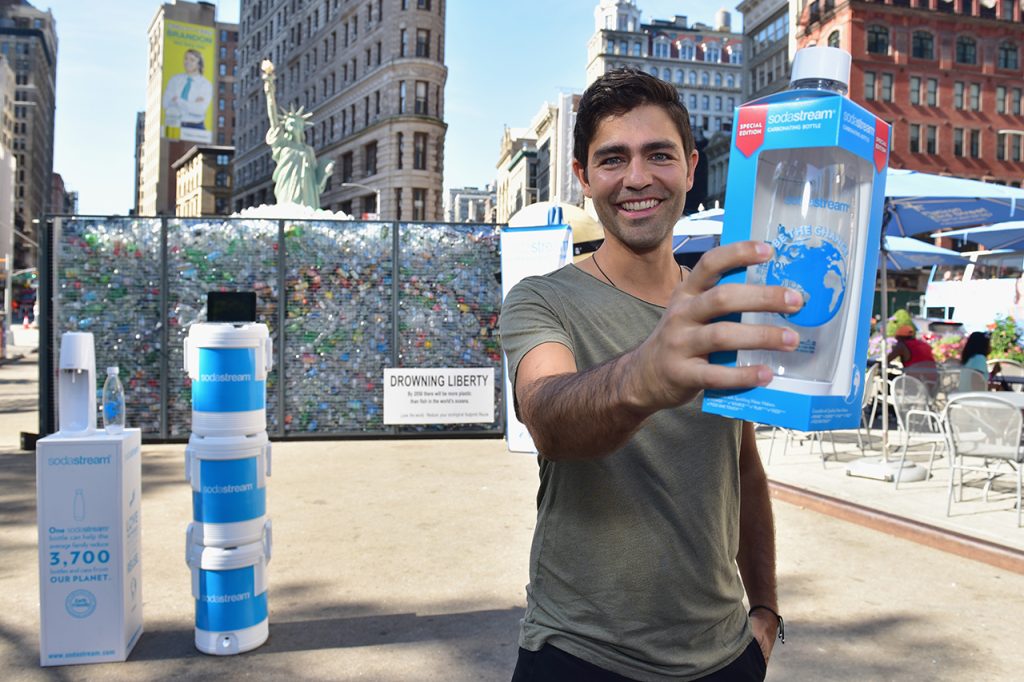
“Impactainment” entrepreneur Daniel Hettwer wanted to know more about how to invest customers in a brand’s mission and purpose, particularly when it has a social or environmental slant.
Skees emphasised that people do “buy the why” – especially now that millennials, who expect an element of co-creation and consistency from brands, are the largest purchasing group on the planet. He gave the example of activewear brand Lululemon, who have a mission of meeting their customers where they sweat and don’t just sell yoga kit, but have yoga classes within their stores. (See Campfire 27’s mention of how Nike is another sports brand that’s brilliant at tapping into the desire for self-optimisation.) Apple are also consistent in their mission to be disruptive and “think differently”, and this is evident in their devices and environments.
John Connors, the founder of Peak End Experience, added that it’s important that your brand story is a true representation of your actual “why”, and not just a nice sentiment.
“Customers have better bullshit detectors than anytime in history! If they feel cognitive dissonance as they compare your “why” with the actual experience you deliver, they will be rightfully upset.”
John Connors, Founder, Peak End Experience
Szóstek agreed, mentioning a recent study she’d run asking people about a brand’s sustainability story.
“They told us straight up that if a company says that they are sustainable at all points, it’s total bullshit, and such a story is detrimental to the mark perception. They are only willing to believe that you are on the path to sustainability and that you are trying your best – if you can define what your best is.”
Aga Szóstek, strategic experience designer
Roger Malinowski gave an example of a project he’d worked on for Sodasteam as a coherent sustainability message. He created a stunt installation of Lady Liberty drowning in a container of plastic waste in NYC’s Flatiron District to talk about the impact of one-time use bottles. This moved the needle for Sodastream in terms of sales and awareness, but the message was equally impactful.
Swimming In The Same Direction

Meow Wolf producer Justin Stucey wanted to know Skees’ favourite project to have worked on and what he’d learned as a result.
Skees mentioned Disney Springs, as the scale was so massive and involved a complex level of design across hundreds of acres, dozens of buildings, and over 90 tenants shouting for their own level of recognition. The experience taught him just how important it is to be aligned on the experience vision early on.
“The story I’m telling you today is based on the very painful experience of getting incredibly different brands, people and goals all lined up and swimming in the same direction!”
Theron Skees, experience designer
Design For Different Cultures

Experience director Tom Vannucci talked about his work on the Mystic Rhythms show at Disney Tokyo Seas in Japan as an example of the importance of telling a story that resonates with a specific culture.
“We really dug deep into the psychology of the audience in the backstory and used simple elements that resonated with a Japanese audience. It was a breath of fresh air in a Disney environment – and the result was that a show that was only meant to last for a limited lifespan ran for 12 years and became the highest rated non-IP show in Disney’s history.”
Tom Vannucci, experience director
(For more on the importance of culturally specific storytelling, check out Campfire 27: East And West Is Best.)
Skees agreed.
“Story is so powerful, especially when it resonates culturally with how you were raised and the things that you value.”
Theron Skees, experience designer
Who’s The Hero?
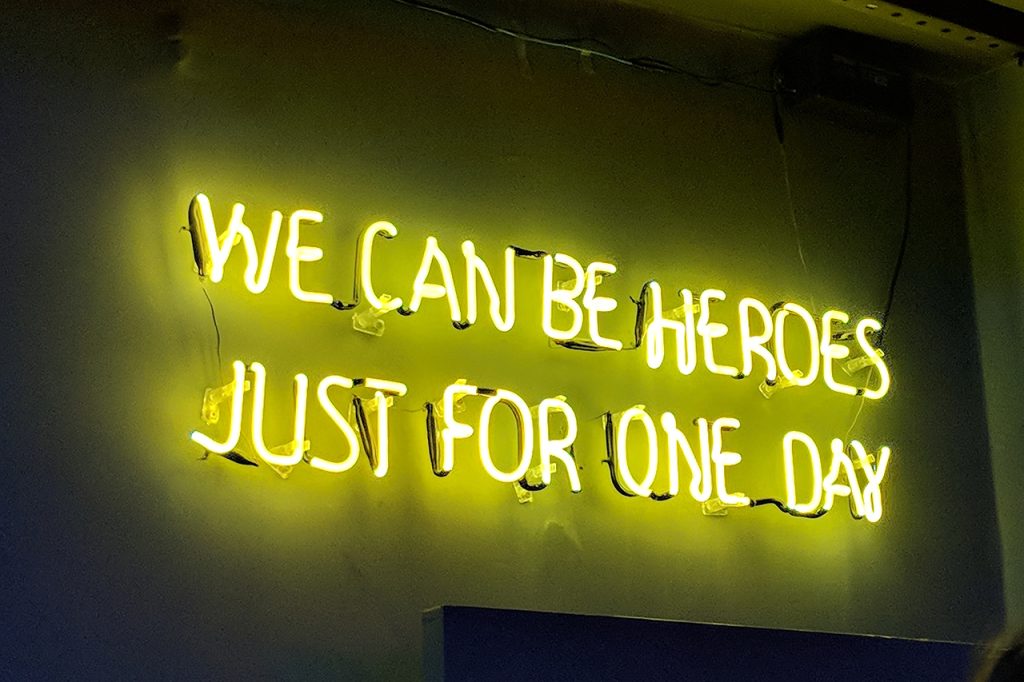
Pietro Fanton raised an interesting point regarding the protagonist of your story. The recognised wisdom, as Fanton pointed out, is that your customer is the hero and the company the mentor, ally, guide, or tool that helps them achieve their mission. (Again, if these terms sound strange, consider reading Joseph Campbell’s The Hero With A Thousand Faces, Chris Vogler’s The Writer’s Journey, James Wallman’s Time And How To Spend It.) But what if we flipped the dynamic – especially for an NGO or charity, where the customer is the tool and the company is the hero?
“A lot of people don’t want to be the hero, they want to be the tool.”
Arthur Zards, virtual event expert
Wallman pointed out that actually, we’re all the hero of our own story – so maybe there’s room for both the customer and company to be the hero. As Szóstek talked about in Campfire 22:
“Your business and your customer are the non-negotiables you always have to deliver on. But you can also deliver on a community level, where people are very active, a societal level, where people are more passive, or an environmental level, which can refer to both the space you’re operating in or the planet at large. These five elements are like Russian dolls, with your business the kernel in the centre.”
Aga Szóstek, strategic experience designer
And as Szóstek also pointed out, does there always have to be one hero, as per Western storytelling archetypes – or could we move from an individualist to a collectivist perspective as per Eastern mythology, as debated in Campfire 27? (Read Szostek’s The Umami Strategy for more on the different levels of meaning, from the level of the individual to the level of society.)
Do Stories Have To Be Comfortable?
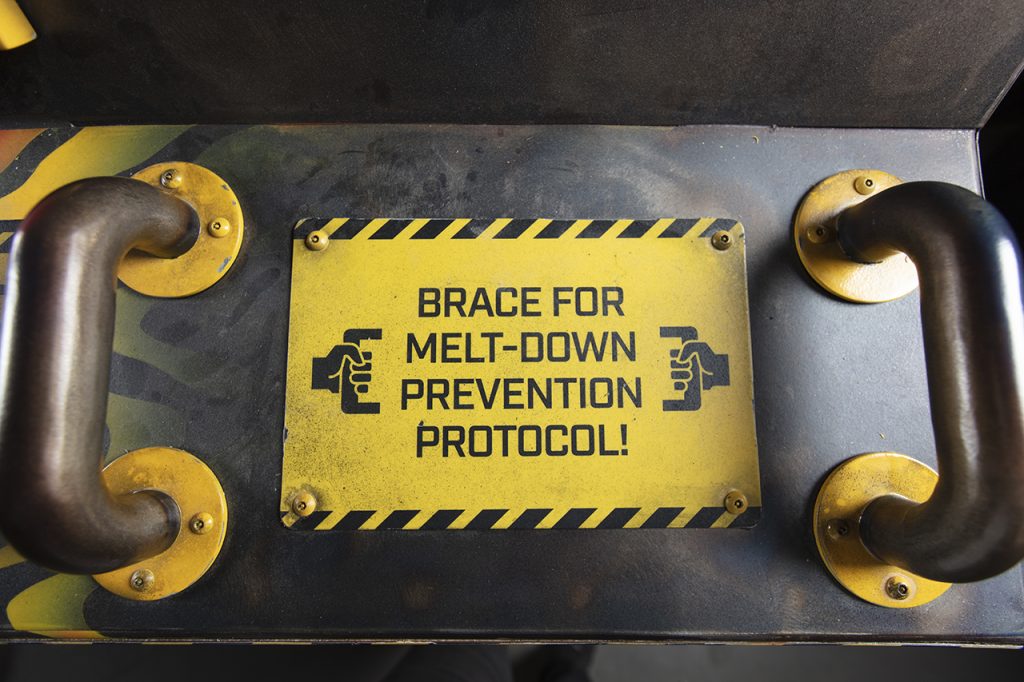
Haunted house designer Michael Badelt brought up an interesting point – that sometimes clients ask him to create an experience without any story, either because they don’t believe in it or they think the experience should be strong enough to stand up without it. However, even the most basic experience involves some sort of journey, even if the narrative isn’t as clearly outlined.
In Meow Wolf’s Convergence Station, for example, subjectivity is built into the bones of the experience. Stucey talked about how the story of Convergence Station’s cathedral was written for it after it was built, as this is truer to how artists think. And in the experience as a whole, there’s a clear beginning, but the end might take you anywhere in the multiverse you want to go.
This subjectivity allows for personalisation and repeatability. It also challenges the participant – what experience design professor Mat Duerden calls “the importance of discomfort”, which is no bad thing. People might go to Meow Wolf because it’s the “thing” to go to – but once they’re inside, they can be given something even more powerful that might change them for the better.
The WXO Take-Out
- Stories underpin all of human communication.
- They are emotive, adaptive to cultures and contexts, and build strong memories – and are also key to a transformative experience.
- Storytelling is therefore the language of experience design.
- You can play with the specific shape and structure of your story to allow for greater subjectivity, discomfort and growth – but ultimately all experiences are taking us into, through and out of the same journey.
- When embedded at the beginning of a brand or project, stories bring purpose, clarity, alignment and intentionality.
- And the end outcomes of stories can be transformational – both for the individual and for the company – which benefits for loyalty, legacy, longevity, and economic growth.
Bibliography
Here are a few of the resources Skees mentioned in his Firestarter:
– “The Power of Myth”, Joseph Campbell, 1991 Anchor Books
– “Start With Why: How Great Leaders Inspire Everyone to Take Action”, Simon Sinek, 2009 Portfolio Penguin
– “Winning In The Experience Economy”, Forbes, 2021
– Significant Objects project, Rob Walker and Joshua Glenn, 2009
– “The Speed of Darkness”, poem by Muriel Rukeyser
Interested in taking part in discussions about experiences and the Experience Economy? Apply to become a member of the WXO here – to come to Campfires, become a better experience designer, and be listed in the WXO Black Book.





